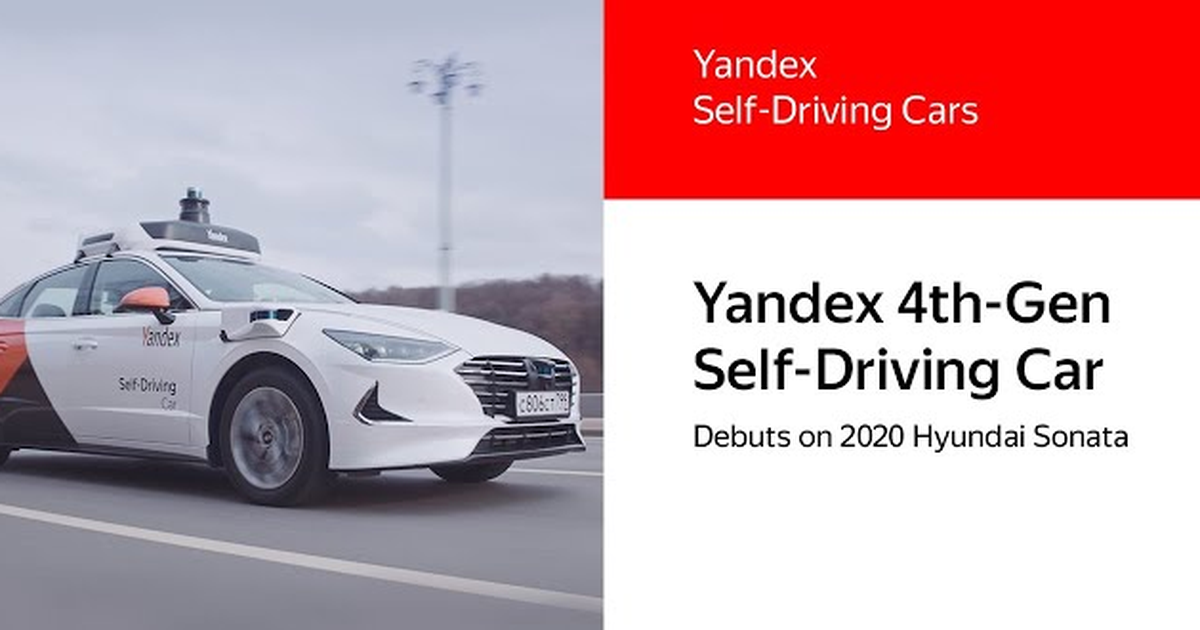
[embedded content]
Yandex, the Russian Alphabet-like company with a self-driving car unit that debuted a fully driverless car in Las Vegas this year, has updated its autonomous driving program.
The fourth iteration of the company’s self-driving car was officially revealed on Tuesday as a modified Hyundai Sonata. Up until now, Yandex had used hybrid Toyota Priuses, with a fleet of 100 of the self-driving vehicles, including some offering taxi rides in a Russian city. In March five of the new Sonatas were sprinkled into the Moscow fleet.
By the end of this year, 100 of the Sonatas will join the collection of electric rides in Russia and Yandex’s soon-to-arrive self-driving program in Michigan. It was supposed to start at the North American International Auto Show in Detroit this month, but that was canceled because of the coronavirus outbreak. Yandex also operates in Tel Aviv.
During a virtual tour from Yandex’s engineering center in Moscow, I was able to take a glimpse at the new vehicle that Yandex worked with Hyundai Mobis to develop. A prototype of the Hyundai autonomous vehicle was revealed last July. It’s similar to the Prius vehicle, which spokesperson Yulia Shveyko explained was intentional to show that the autonomous system can be applied universally to any mass-produced vehicle.
Compared to the self-driving Prius, the Sonata’s sensor suite is very similar, with cameras, radar, and LiDAR units in different positions with more equipment. Now there are nine cameras instead of six; six radar sensors with more on the top of the car to detect more vehicles in front and behind, especially in heavy traffic. Four light-emitting sensors, or LiDAR, from Velodyne are placed around the car. Yandex is working to eventually develop its own hardware.
Shveyko said the Prius was more than capable, but the new vehicle can see more detail and further out and around the vehicle. Throughout the rest of the year, more of the Priuses will be retrofitted to catch up to the new Sonata. `
